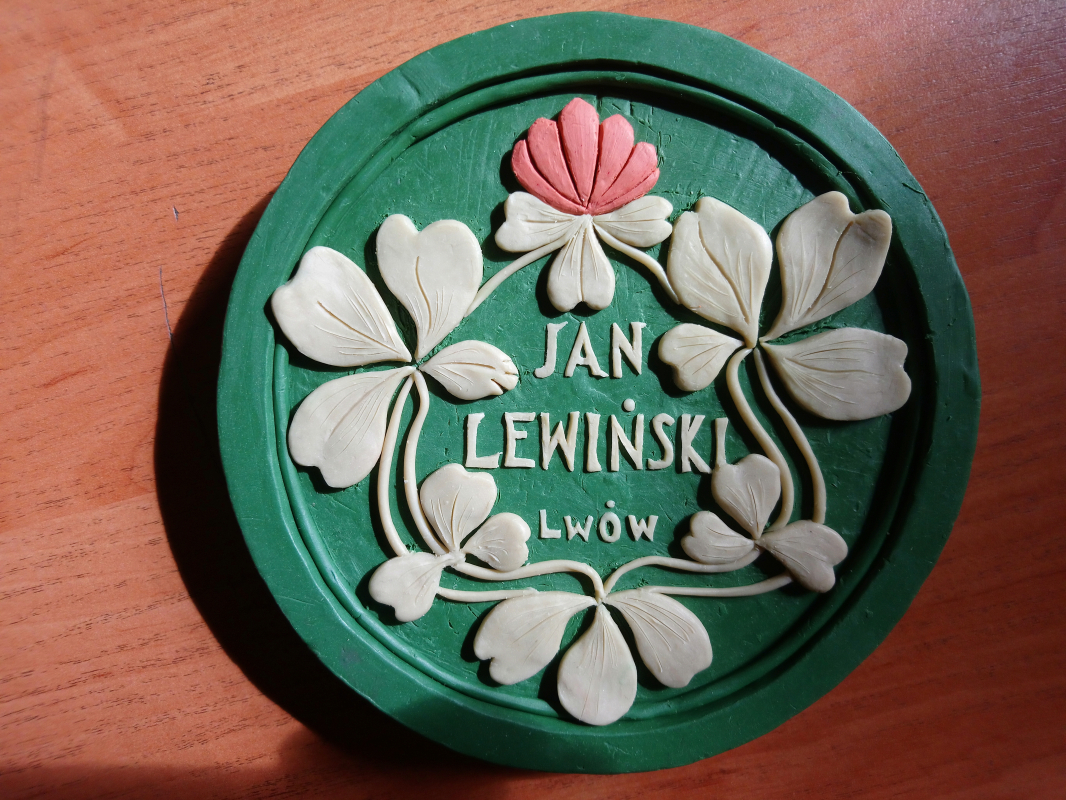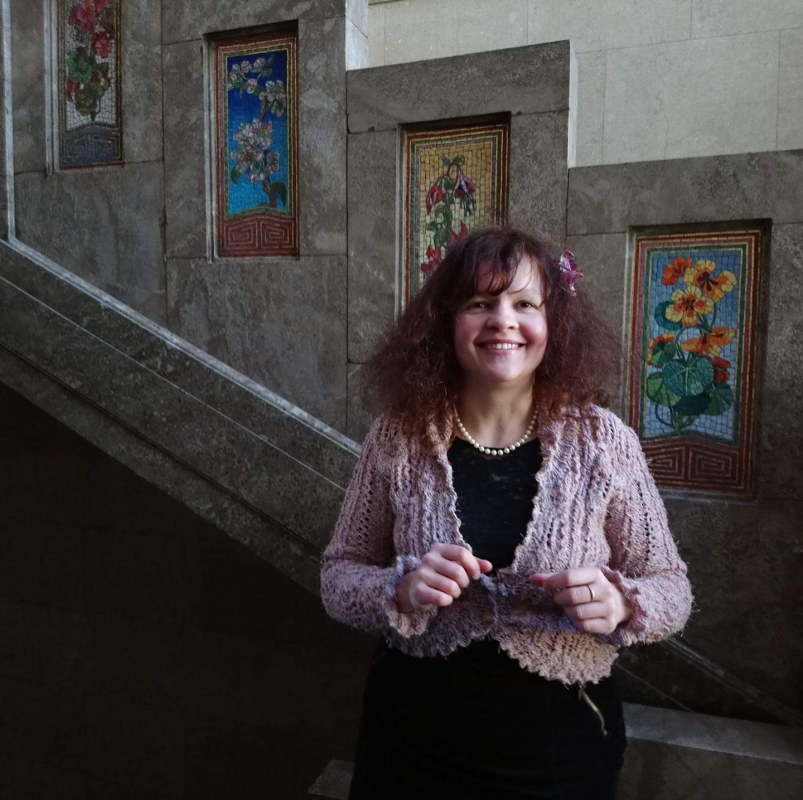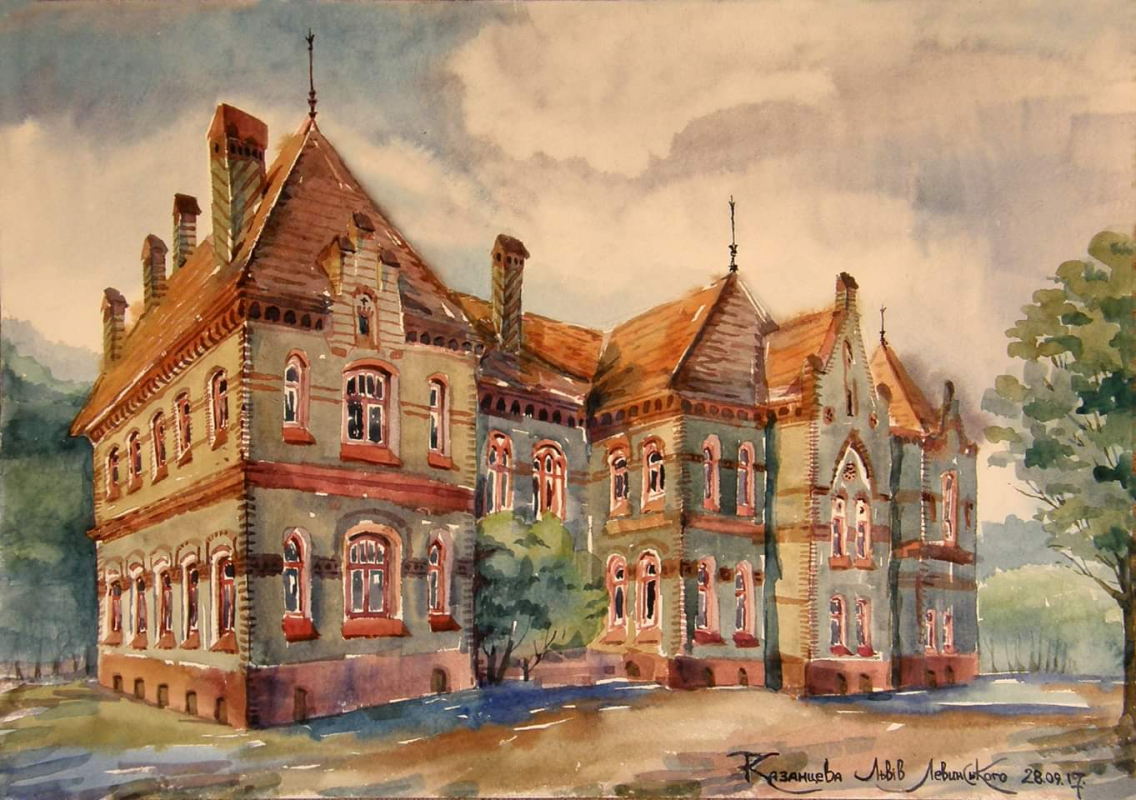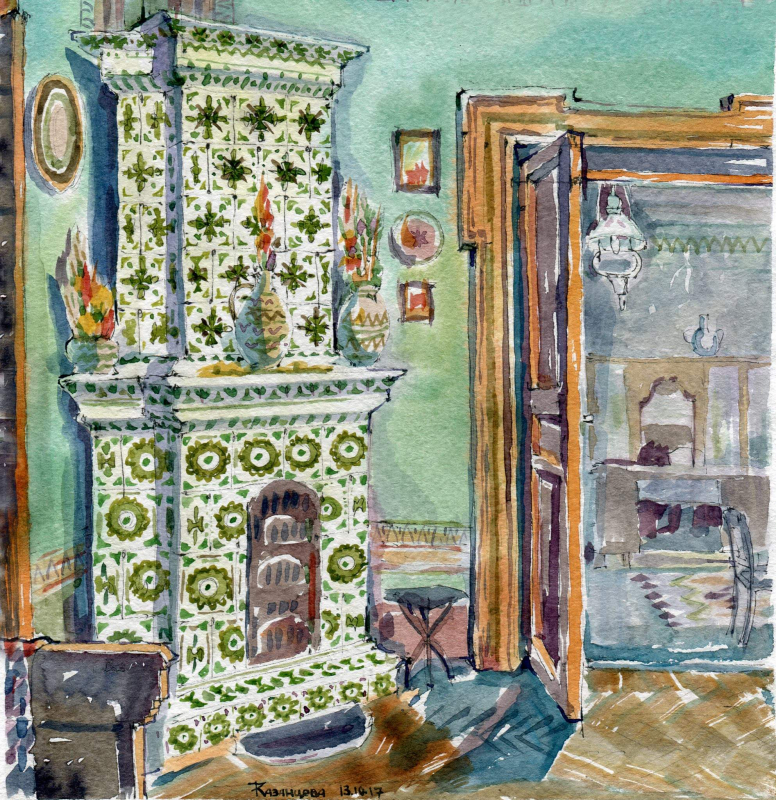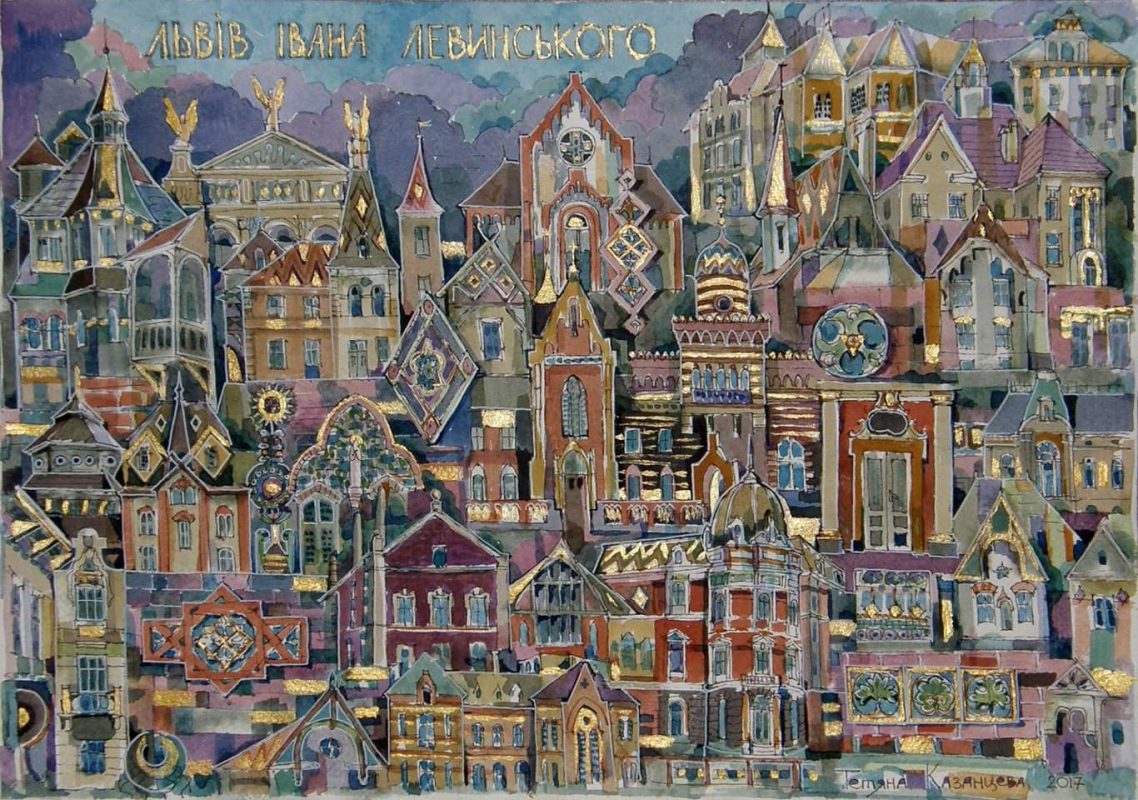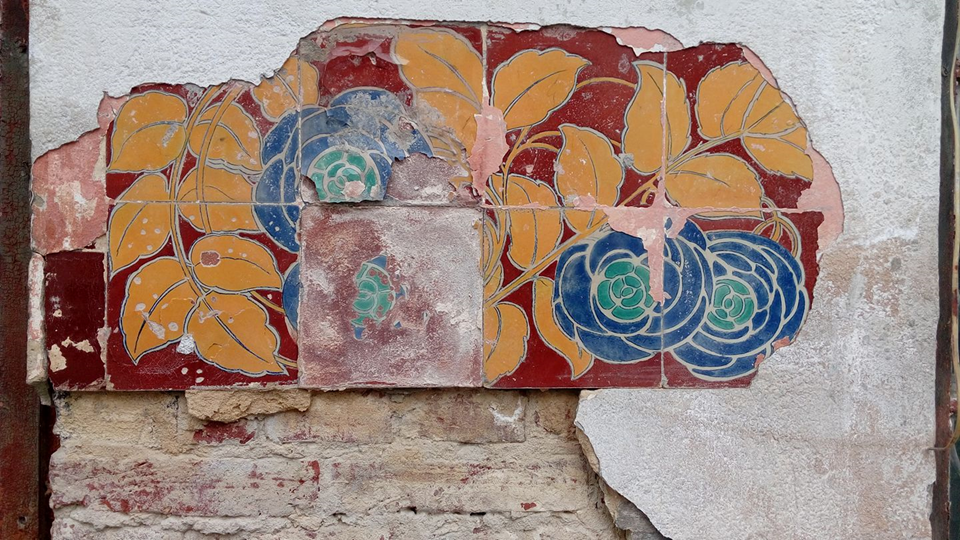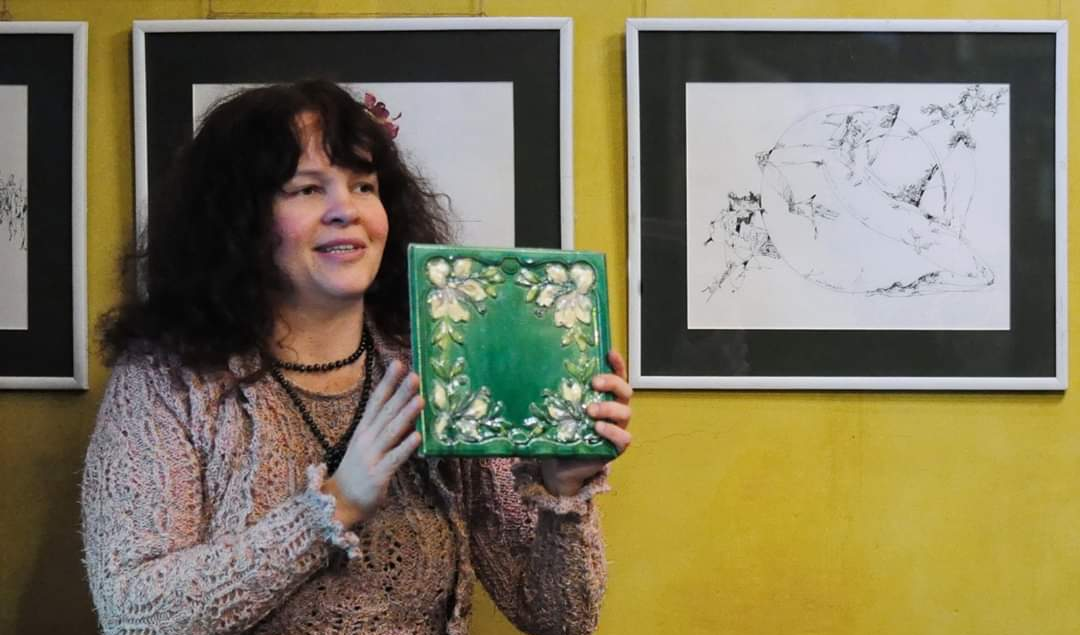At the beginning of the XX century most buildings in our city were built according to his project. His known factory was famous for making tiles and pottery wares. By the 100th anniversary of the death of the famous architect, Professor of Construction at Lviv Polytechnic, 2019 was declared the year of Ivan Levynskyi in Lviv. On this occasion, two days ago, an exhibition «Ivan Levynskyi. Impulse» was opened at «The Gunpowder Tower», the Center for Architecture, Design and Urban Studies.
He determined his calling at the age of 12
Associate Professor at the Department of Design and Architecture Fundamentals of Lviv Polytechnic Tetiana Kazantseva makes excursions and delivers lectures dedicated to Ivan Levynskyi work, organizes pleinairs at his construction objects and collects architectural details, in particular tiles. Two years ago, she created a virtual museum of the famous Lviv architect, which later turned into The Architecture of Lviv project. Within its framework there are lectures, excursions and pleinairs, dedicated to the architectural heritage of Lviv, in particular to the aspects of Levynskyi work. Tetiana Kazantseva dreams of some place for Levynskyi Museum to store artifacts and show them to visitors, hold lectures and conduct master classes.
His tiles were known all over the world
Ivan Levynskyi designed hundreds of residential tenements, as well as all prominent Lviv buildings: the Opera House, the Dnister Hotel, the Main Railway Station and other institutions. He was not only an architect, but a constructor, manager and businessman. At that time, his factory of building materials was the largest in Lviv.
At the time of its greatest rise products were produced at five departments. These were independent manufacturing units, which the Galician press called a factory of tiles, a factory of building majolica, a factory of dishware and so on. Levynskyi started the tradition of attracting local architects, artists and sculptors to design original samples of oven, tiles and typeface. At that time, at the factory lots of wares were produced in traditional western European style with the folk elements. The compositions of the ovens were of extremely high quality.
